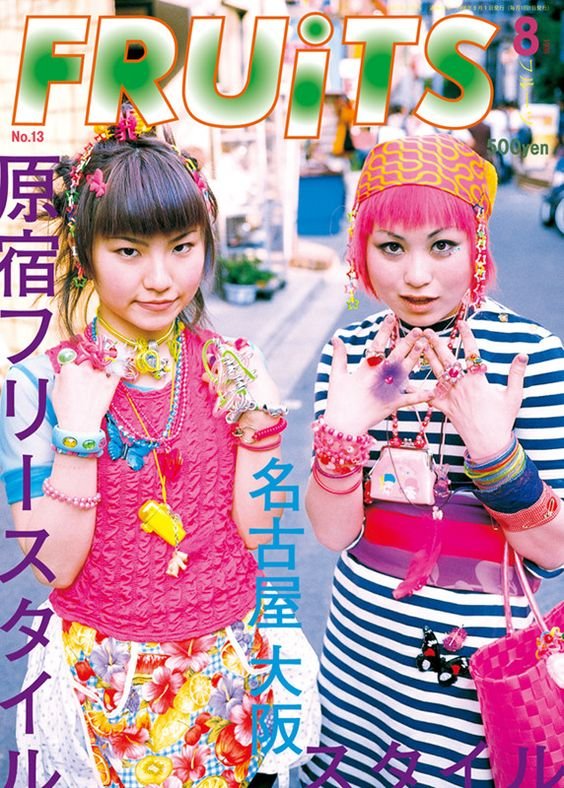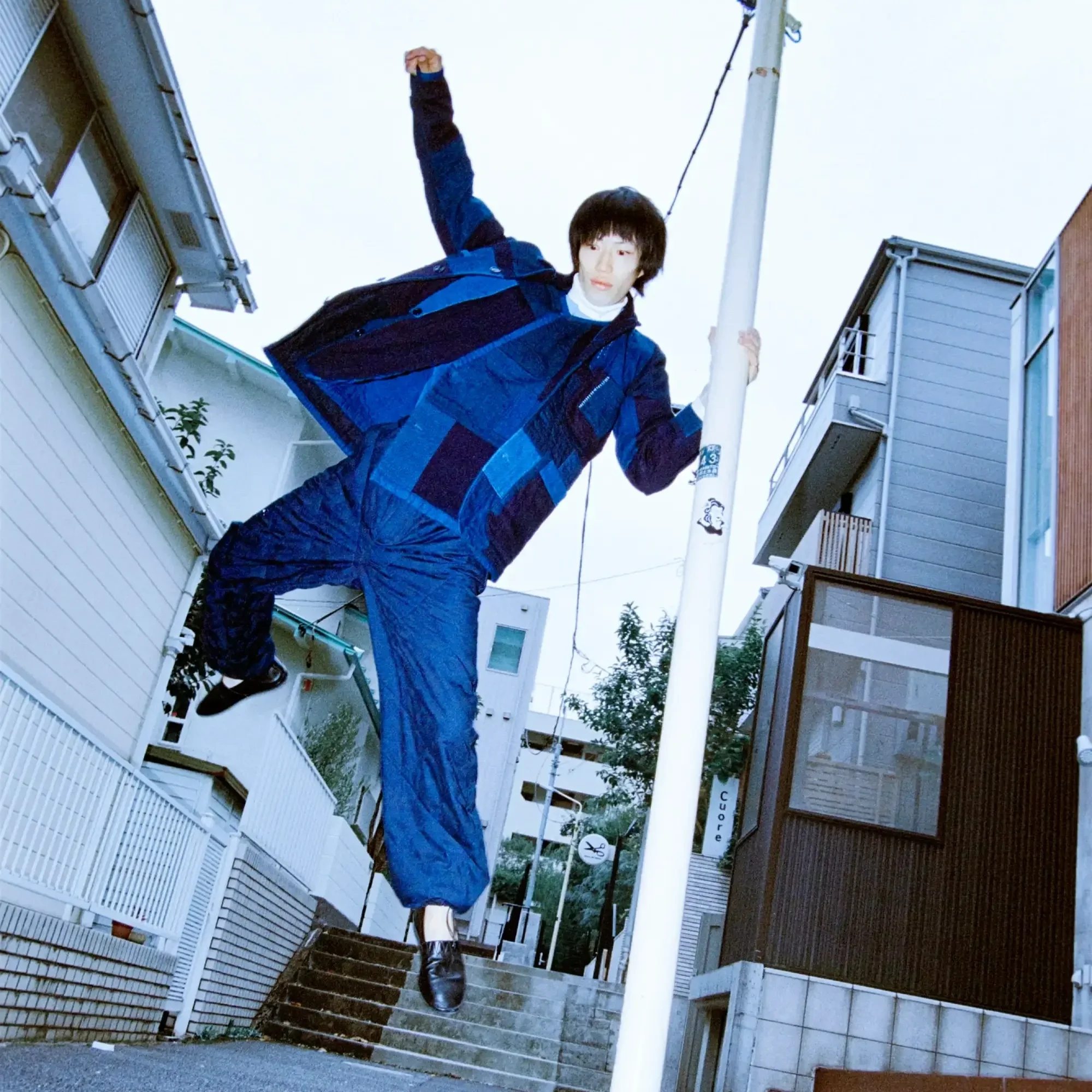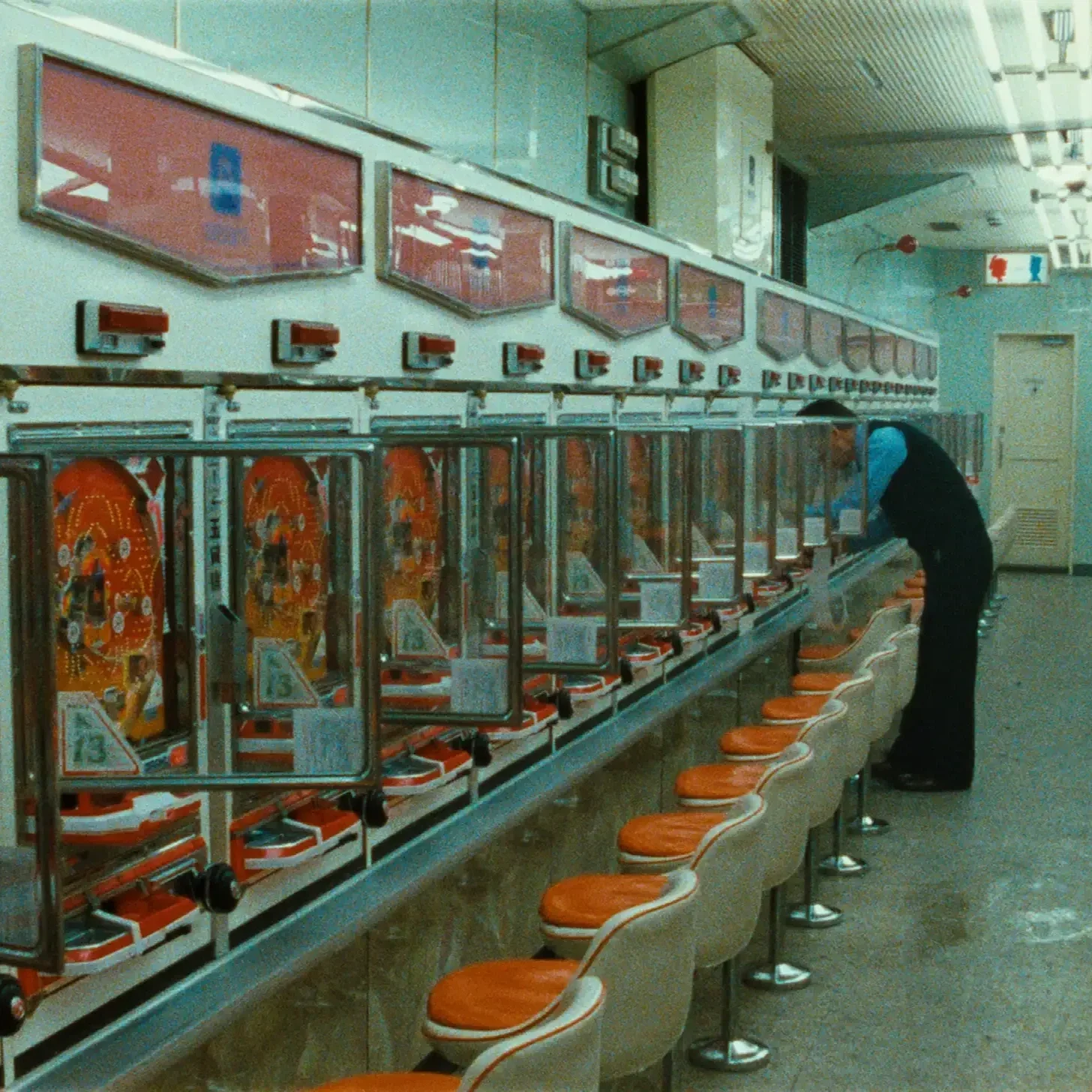Decora Kei - Harajuku’s Patchwork of Colors
Courtesy of @sasami_popculture
In the wide range of Japanese street style, Decora kei, or Decora style wears the crown of the most colorful and bold approach to fashion and individuality. With its explosion of rainbow hues and layers of vibrant accessories, Decora outfits defy the conventions of minimalism, embracing maximalism with unapologetic flair.
Chances are, you’ve already come across a Decora kei outfit—it’s hard to miss. Recognized for its unique, quirky, and eye-catching aesthetic, Decora (meaning “fashion as decoration”) transforms clothing into a canvas of playful self-expression.
How Decora kei influenced Harajuku Fashion
The term “Decora” originates from the English word “decoration,” perfectly encapsulating the subculture’s essence: fashion as an art form, a style that thrives on clashing colors and daring patterns, creating a playful chaos that feels alive.
The decora fashion style finds its roots in Harajuku, where its iconic devotees affectionately known as Harajuku decora girls, can still be spotted today. Its origins stretch back to the 1990s and early 2000s when the first playful seeds of this eye-catching trend began to sprout.
While Decora is often lumped under the broad umbrella of “Harajuku fashion,” it’s worth noting that Harajuku gave rise to a whole ecosystem of subcultures, including Fairy Kei, Lolita, Cult Party Kei, and Deco-Punk.
Each of these styles shares a love for cute accessories paired with a rebellious edge. To label Decora as “Harajuku fashion” is to overlook the nuance and diversity that defines this cultural hotspot.
FRUiTS 1998│via FRUiTS Magazine Archive│© Shoichi Aoki
There are multiple theories about the exact origins of Decora, most of them tracing back to the names of two iconic Decora fashion brands. The first is FRUiTS Magazine, a fashion magazine founded in 1997 by photographer Shoichi Aoki. For years, FRUiTS published street fashion snaps from Harajuku, greatly influencing the development of the Harajuku fashion movement.
The second one is the remarkably exuberant ‘6% DokiDoki’, a fashion brand founded in 1995 that pushed the distribution and popularization of Decora in a significant way.
The key to Decora fashion is to encourage uniqueness and the charm of outstanding peculiarity, challenging the widely known notion that less is more and choosing fun over simplicity. Its beauty lies in its individualism and flexibility in visual expression. Hence, the style doesn't adhere to any rigid rules, although there are some recurring elements it incorporates.
The most distinctive feature of decora kei clothing is the multitude of carefully thought-out layers. Whether opting for the bold hues of traditional Decora or the soft, candy-like tones of pastel Decora, enthusiasts layer bows on hair clips, on hair ties, until their bangs become invisible, and adorn themselves with quirky plastic jewelry until their wrists become unrecognizable.
Courtesy of @ozo_ni
Individuals often dare to mix different patterns, pairing dots with stripes and ignoring the general assumption that these wouldn't belong together. On top of that, they like to add some extra spice with cute knee-high socks.
To accentuate the overall aesthetic, individuals wear playful hairstyles and cover their noses and cheeks in small kawaii stickers. Additionally, some even highlight their DIY creativity by including self-made accessories, resulting in not a single outfit turning out repetitive.
Decora in Japan plays a major role in the assortment of J-fashion, as many other styles and substyles have emerged from it to this day. Though the subculture embodies several remarkable attributes, the most important one might be the following: It embraces and celebrates individuality like no other movement, depicting a portrayal of the Harajuku philosophy of distinctive fashion.
Japanese Decora has achieved the status of a cultural influence that has transcended its roots in Harajuku. Its vivid aesthetic has made it into music videos, fashion editorials, and contemporary art installations. Decora, the Japanese street fashion spectacle, has cemented its reputation as a cornerstone of Japanese street culture.
Courtesy of @sasami_popculture
Dive deeper into Decora fashion culture by checking out the outfits of:











Unveiling Jirai Kei: Japan's Dark Fashion Trend and Societal Stereotypes.